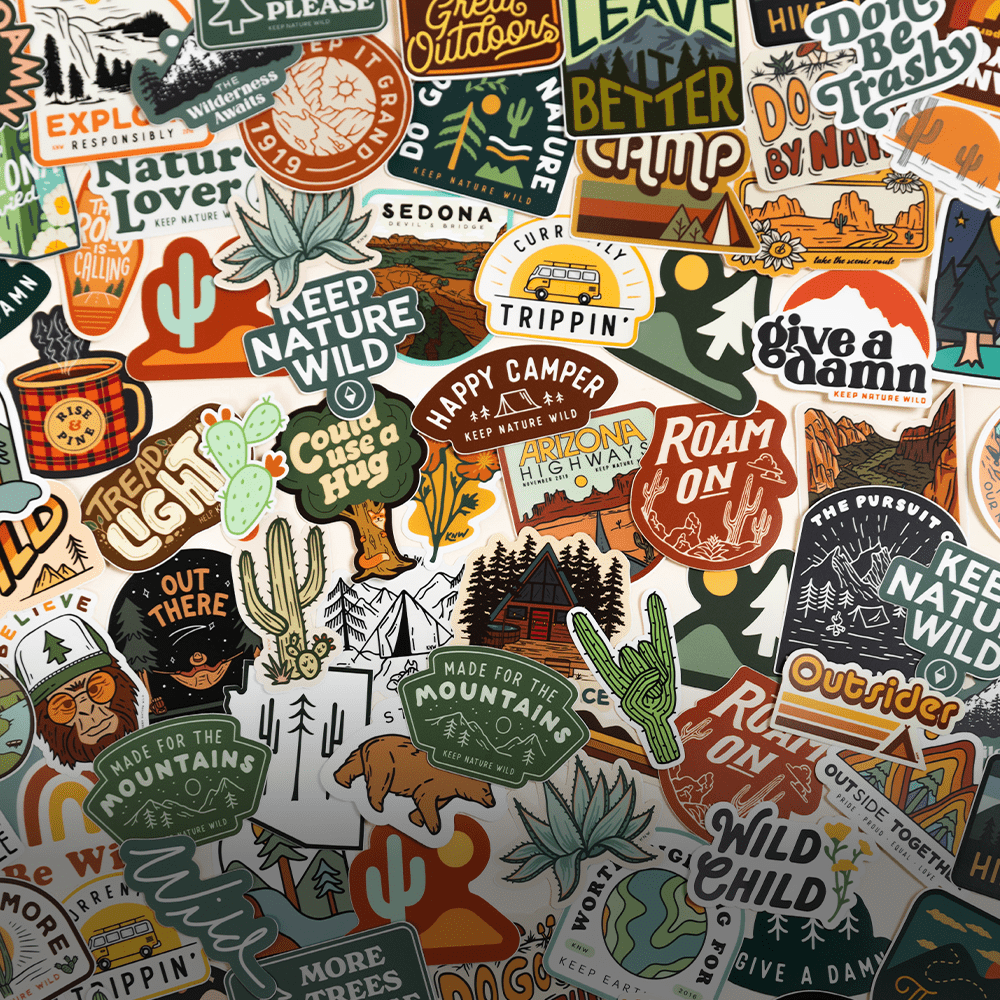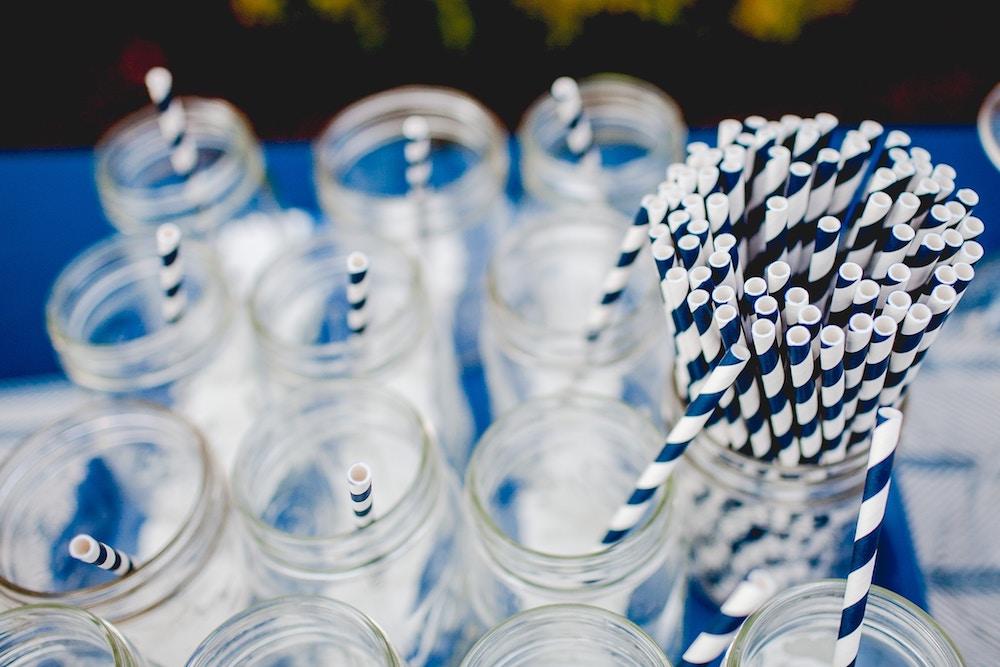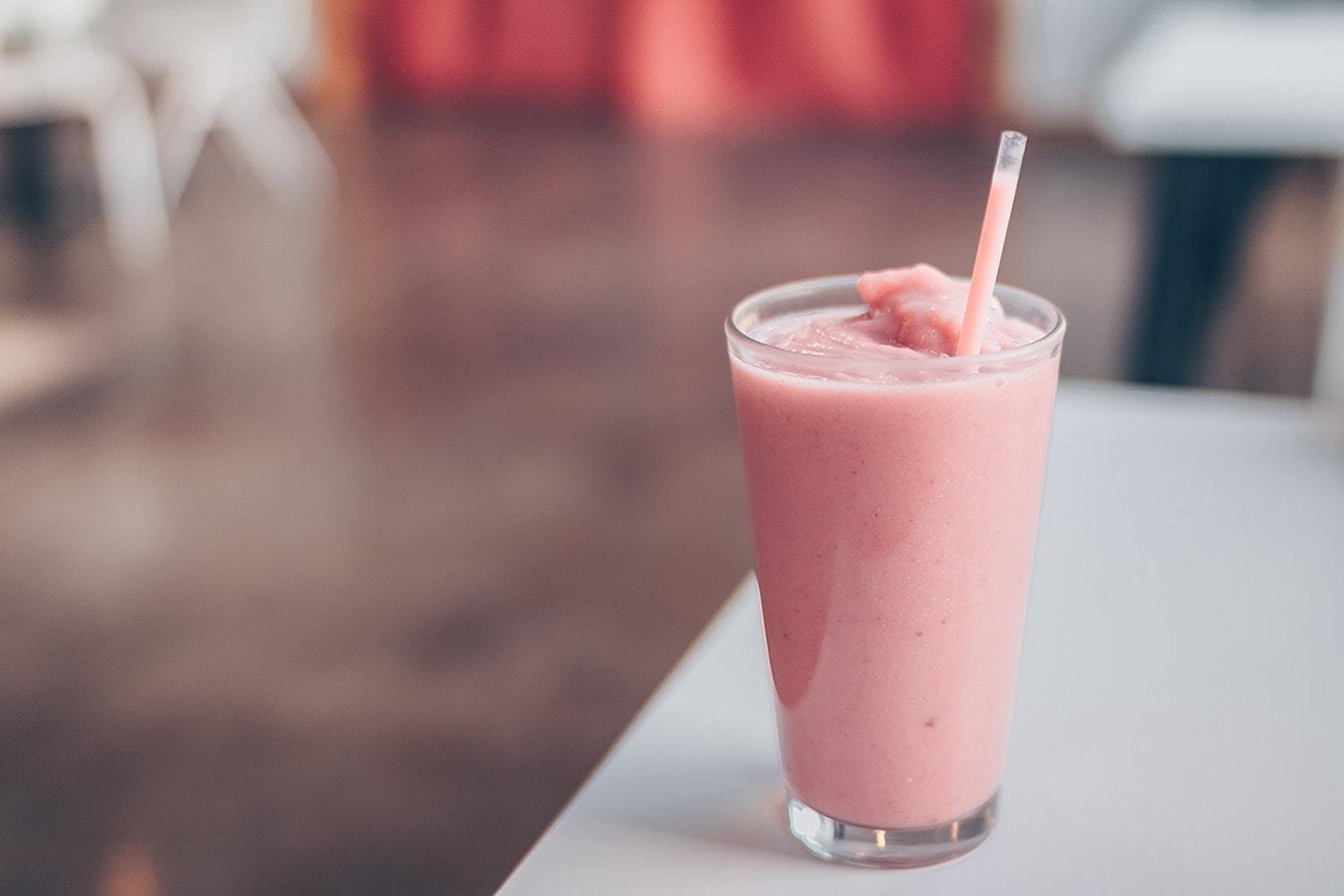It’s said that each person uses around 38,000 plastic straws over their lifetime.
But, what if there were a better option?
Aside from the fact that silicone and plastic are two different materials, there many differences, especially when it comes to straws.
Silicone
Technically part of the rubber family, silicone is a stable material, meaning that chemicals don’t seep into your food or drink when then temperature rises. Plastic, which is made from petroleum, absorbs toxins and chemicals, which then leak when they get hot.
Not only is silicone better for your inner health, but it also can save you from any possible injury.
The soft and bendy material is sturdy enough to be bit, yet flexible enough to move around when it hits a lip, nose or eye. Plastic - not so much. Yeah, it can be bit too, but ever take one of those things to face? It hurts. I mean, these straws are strong enough to puncture a raw potato, so I guess it makes sense that an average of 1,400 people visit the ER each year with a straw related injury.

Plus there’s the ease. A silicone straw is dishwasher safe, making it super simple to use drink after drink. Plastic is single use, making its way to the trash can the minute you’re done sipping. Unfortunately, they can’t even be recycled. They’re so flimsy that they can’t endure the process.
But, the biggest difference of all is the environmental impact.

EcoCycle reports that an average of 500 million plastic straws are used each day by people in the US alone. That’s enough to fill up 46,400 school buses each year. With those tiny little plastic straws.
Because of the durability of silicone, it is a lot better for our environment. It’s reusable, turning those 38,000 straws into just a few, and lasts for a long time. It can withstand extreme temperatures, rain, snow and UV rays, making it ideal for almost every occasion.
Although silicone is not biodegradable, it is recyclable, setting it apart, again, from the typical plastic straw. So, after a lifetime of use, or whenever you’re ready to say goodbye, if you can’t recycle it and must throw it away, it’s still better for the environment. Silicone breaks down into silica, carbon dioxide and water vapor, making it harmless. However, when plastic breaks down, it’s not so harmless. The petroleum-based material turns into micro-fragments, seeping into oceans and ecosystems.
So, drop the plastic, and suck on this: silicone. If you’re interested in even more reasons to ditch the plastic straws, check this out.







Leave a comment
All comments are moderated before being published.
This site is protected by hCaptcha and the hCaptcha Privacy Policy and Terms of Service apply.